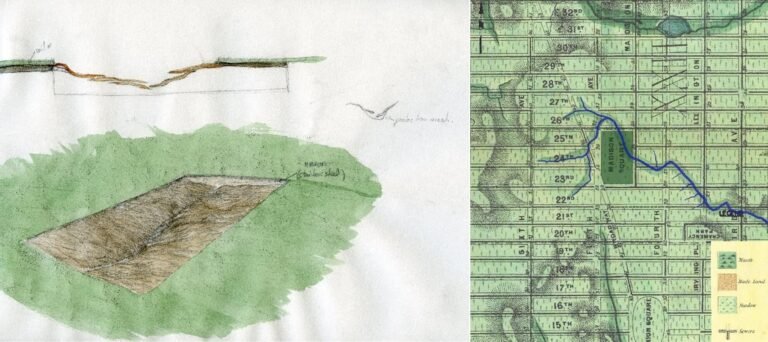Quantity and quality in architecture
Quantity and quality in architecture:
what are the differences between Quantity and quality in architecture?
Architecture:
It is a term that includes a description of everything that is being constructed and designed, including buildings and facilities, and includes multiple areas such as urban planning, furniture, and interior design.
* The process of collecting quantitative and qualitative data in the world of architecture is necessary to follow as it is considered as a guiding and planned guide in the form of balanced and successive information in order to help in adapting the job with ease and getting everything they need in the work easily, in a planned and accurate manner.
The importance of knowing the qualitative and quantitative quantities in architecture, through which:
A study of the type of soil upon which construction is to be done and through which to determine.
1- Soil properties in terms of clay, sand or faults.
2- Knowing the extent of soil moisture and the layers that make up the soil.
Knowing the percentage of voids between the soil grains and the density of the solid materials in them.
– Calculate the number of turns and count the spaces and separators between them.
Knowing the required quantities of materials used in the construction, such as cement, bricks, and iron, or materials used after the completion of the construction, such as paints, ceramics, windows, and doors.
Through the work of studies and collection of qualitative data for the soil, the water table is determined and a sample is taken from it for analysis in the specialized laboratories to find out the proportions of the salts in it and the extent of the impact of the concrete.
* Quantitative measurement is the measurement in which the quantities used are determined in tons and know all the quantities that are weighed, or a qualitative measurement is the one in which the ratio of the mass of the building stone is determined.
Quantitative measurements in architecture:
Through it is determined everything related to the construction that is strictly constructed in terms of the tools and materials used in the construction and the areas that are being built.
* -Information for materials used in construction:
Cement:
Knowing the quantity and calculating it before starting construction, as cement is used in making concrete, which is considered the basis of the building that is being built.
-Iron :
Through the quantitative and qualitative calculations, the percentage of iron used is determined, as the iron supports the concrete to make the construction strong.
Bricks and sand:
The required quantity of bricks used in construction is determined by quantitative and qualitative calculations.
Areas to know before starting construction:
1- There is what is known as the dead loads for the building and it is determined:
Building Size, Height, and Density.
The density of concrete, roof thickness, and roof weight.
Column space, weight, density, and height.
2- There is what is known as the live loads of the building, and it defines:
– Know the full design weight.
Knowing the full building weight.
Quantitative data in architecture:
It is the data obtained by the engineer who specializes in the data collection process as a result of studying the area to be built in. The subject is statistically treated with numbers and proven statistics.
Qualitative data in architecture:
Data obtained by the engineer in unknown quantities as a result of comparisons, conclusions, and specifications provided by the architect in his design.
Measures used to collect quantitative and qualitative information:
1- Relative scale: It determines the relationship between building elements and the building as a whole.
2- Optical measurement: it defines the architectural shapes and sizes and the surrounding natural and architectural spaces and spaces.
3- Human measurement: that determines the proper assessment of the dimensions of the architectural facility.
The process of collecting quantitative and qualitative data helps to form a structural blueprint for any of the architectural designs to be created. Therefore, the process of collecting quantitative and qualitative data in the world of architecture is the basis for obtaining high-quality work and fast creation.
Leave a comment on the topic (quantity and quality in architecture) in the comments and we will reply to you immediately.



